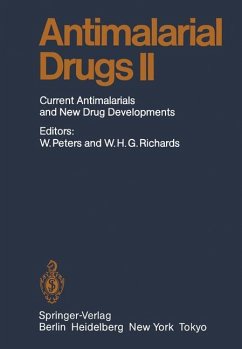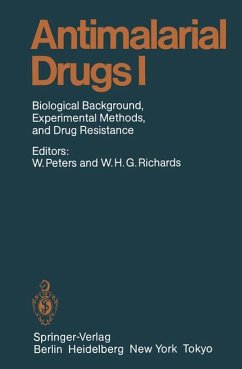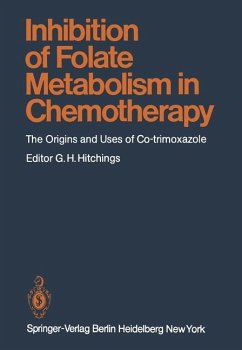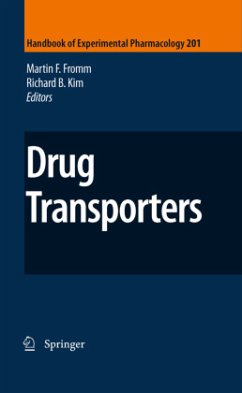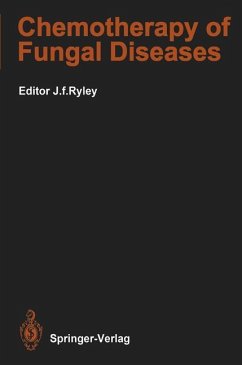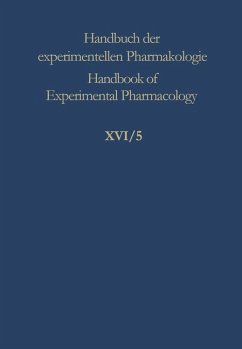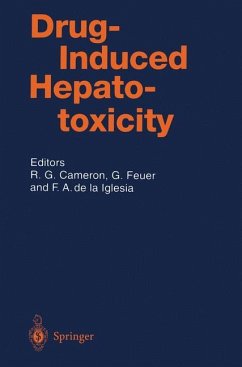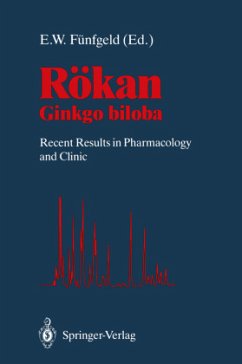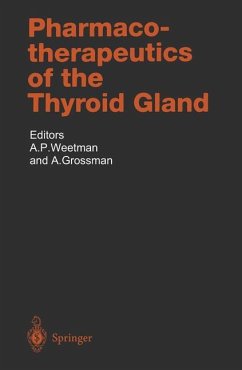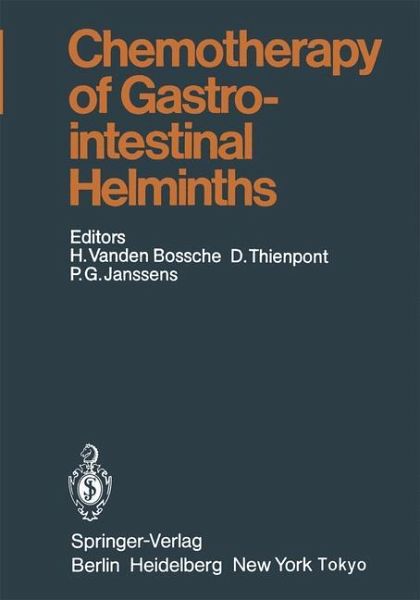
Chemotherapy of Gastrointestinal Helminths
Versandkostenfrei!
Versandfertig in 1-2 Wochen
77,99 €
inkl. MwSt.

PAYBACK Punkte
39 °P sammeln!
Parasitic diseases are the most widespread of all the major diseases, currently 9 affecting about 3 x 10 people and innumerable domestic animals. There is no doubt that among these parasitic diseases, the helminthic infections of the gastrointestinal tract are about the most important because of their global distribution, their high prevalence, their effects on the nutritional status of men and animals, their effects on the physical and mental development of children, and their economic effects on the production of animals. Anthelmintics are important elements in the control of these gastroint...
Parasitic diseases are the most widespread of all the major diseases, currently 9 affecting about 3 x 10 people and innumerable domestic animals. There is no doubt that among these parasitic diseases, the helminthic infections of the gastrointestinal tract are about the most important because of their global distribution, their high prevalence, their effects on the nutritional status of men and animals, their effects on the physical and mental development of children, and their economic effects on the production of animals. Anthelmintics are important elements in the control of these gastrointestinal helminthic infections. In this volume the editors and authors have tried to find a way through the immense amount of information on anthelmintic drugs that is scattered throughout the literature. Different authors have critically examined this information from different angles. However, the aim of all has been to provide the information needed by veterinarians, physicians, and publichealth workers to select the most suitable drug for a given situation.





